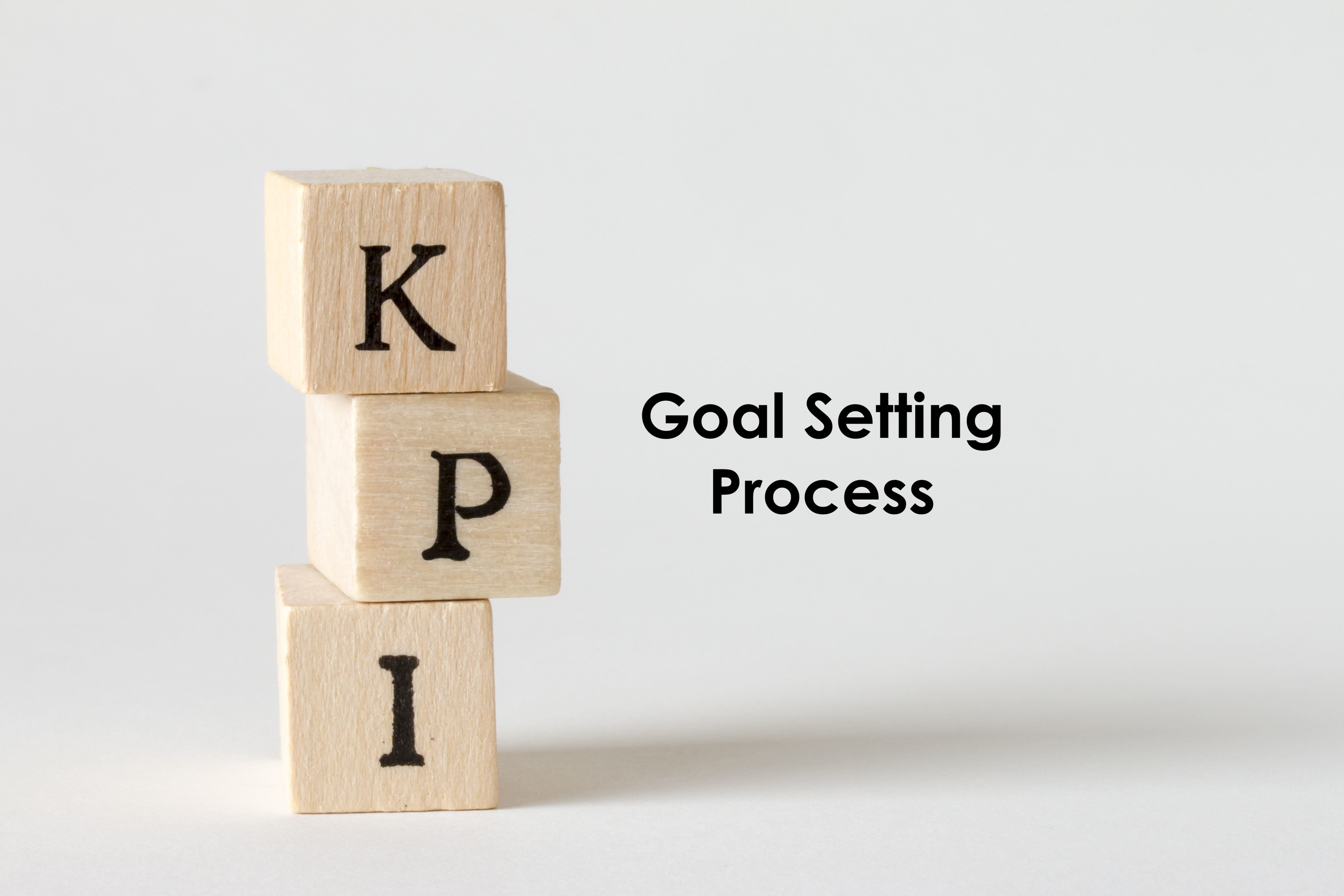“The trouble with not having a goal is that you can spend your life running up and down the field and never score.” —Bill Copeland
Over the past few months, I’ve been writing about tips that have helped me be present in the moment. This topic came out of the lesson I took away from my Camino in September: to be more intentional with my thoughts and actions. This journey has caused me to change how I approach my life, including being vulnerable, clarifying my priorities, reducing distractions and adding discipline around time management. This hasn’t been easy for me, and I definitely have a long ways to go. But I believe I’m on the right track. My focus and productivity have increased, and I’m excited to see where 2020 takes me. One topic that many of you have asked me about is how to set goals. So, I’m dedicating this newsletter to that topic.
Setting goals is different than writing a wish list. I’ve had some things l’ve thought about striving for but, when I really considered what it would take to achieve them, I could feel my heart wasn’t fully committed. Those things remain on my wish list until I’m ready to make the commitment, which may be indefinitely. Skydiving is on my wish list, but whenever I think about actually jumping out of a perfectly good airplane, I consider myself crazy and leave it on my wish list.
A goal, on the other hand, is something you have a deep conviction to achieve. Once you are ready to set your goals, I have found the following process very effective. (It was adapted from a process developed by international speaker Bill Hawfield.) While I use this process for setting my annual goals, it can be used for any time period, short or long.
Materials Needed:
- a large blank sheet of paper or poster board
- multiple colors of Post-It notes
- pen or pencil
- a quiet space
- an introspective mindset
The Process:
Step 2. On the far left side of the sheet of paper or poster board, place the Post-It notes in a column.

Step 3. Across the top of the sheet, write out the categories in which you want to set your goals. Those categories are up to you but may include work, personal growth, financial, spiritual, health, family, etc. The number of categories is up to you.

Step 4. Now start to write out your goals in each of your categories. You want to write SMART goals (Specific, Measurable, Achievable, Realistic, Time-bound). For example, getting into shape is not a SMART goal (after all, round is a shape). However, wanting to lose 15 lbs by 8/31/2020 is a SMART goal. Record each goal on a Post-It note and place it in the appropriate column. Formulating your goals takes time. Don’t rush through this step. You may need to work on it for a while and then let it sit for a few days before continuing. You can also review your goals with someone you trust, especially if they are going through the same process.

As you write your goals, keep checking them against what you’ve listed on the far left column, and ask yourself if the goals you have set are going to bring you closer to what you want more of.
Editorial comment (I guess I’m entitled since this is my blog post): don’t be afraid to aim high. Being conservative with your goals may allow you to reach them, but imagine how much more you could achieve if you aim for the stars.
Step 5. Once your goals are set, look at your list and identify the top 3 goals that will allow you to reach what you have identified in the column on the left. Place a star beside each of these goals. These are the goals that are critical to helping you achieve what you want more of in 2020.

Step 6. As you look at your goals, identify what needs to happen in the next 30 days in order to meet your longer-range goals. For example, if you want to work out 3 times per week with a personal trainer, you will need to select a trainer in the next 30 days in order to meet your goal.
Write each of these items on a Post-It note and put them in a column on the far right.

Step 7. Stop and review your goals. Imagine yourself achieving them, and do a gut check to make sure you are committed to achieving each one of them. If you aren’t, consider moving that goal back onto your wish list.
Now that you have your goals set, all you have to do is sit back and reach them, right? Well, yes and no. Studies have shown that you don’t have to write out each step you are going to take to achieve each goal; however, you do need to review your goals on a regular basis. Regular means multiple times per day, not once a year.
Some goals need more deliberate planning in order to achieve. For those, I would lay out the steps required to achieve the goal and schedule those activities into your calendar on a monthly and weekly basis. See blog titled “What Should I Be Working On?” for more about monthly and weekly reviews.
Another practice that enhances your opportunity for success is to review your goals with a partner on a periodic basis. This accountability helps you keep on track and gives you someone to bounce ideas off if you find yourself stagnant in some areas.
As you look toward 2020, I hope you feel energized to start this new year with a sense of focus and discipline to make this your best decade ever!

